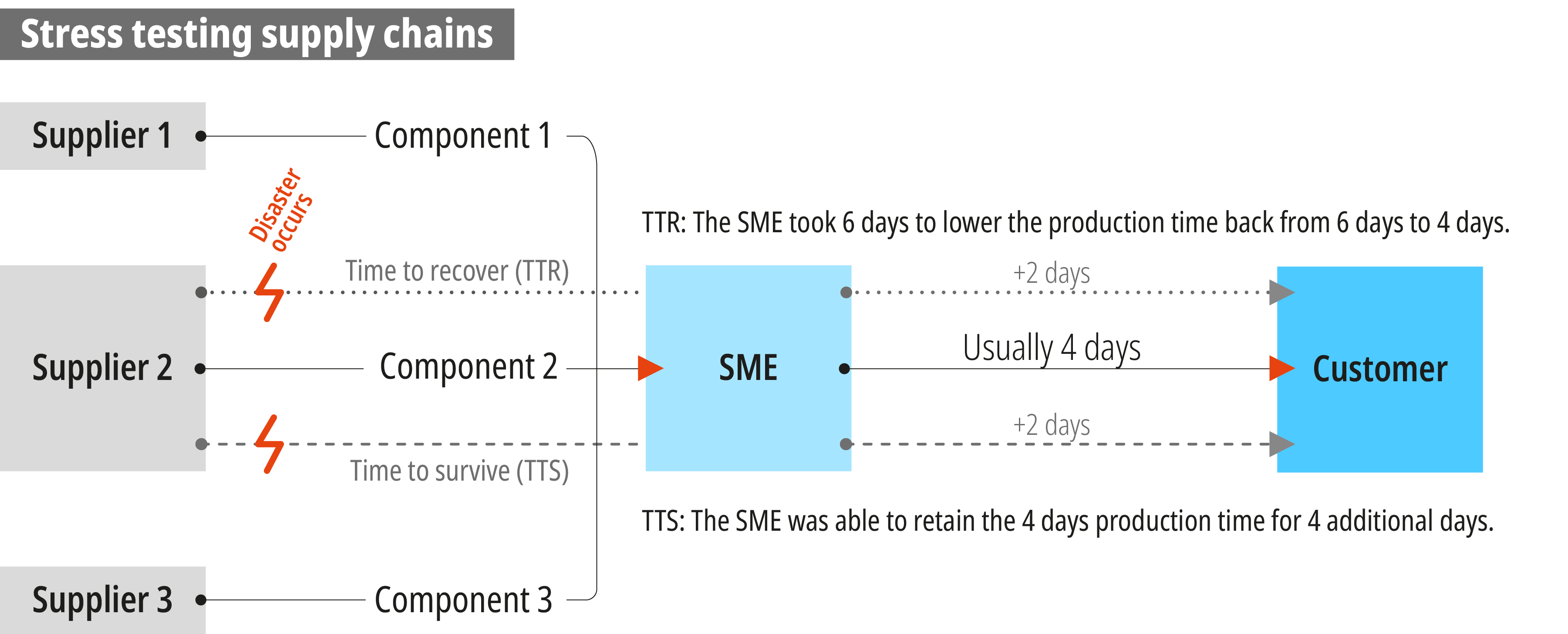Issue
At the firm-level, traditional methods to assess supply chain resilience aim to measure the likelihood of occurrence and the magnitude of impact of potentially disruptive events. When applied to relatively predictable supply chain disruptions – delays in transport, shipping errors and similar issues – those traditional methods fare well, especially when historical data are easily accessible. However, those methods can be insufficient when facing low-probability and high-impact events such as a pandemic. Such mega-disasters often have no precedent and lack historical data. Moreover, addressing surges in demand also goes beyond traditional firm-level stress testing of supply chains. Therefore, governments could develop stress tests at the GVC level for companies providing critical goods and services. Those could be modelled after the ones already instituted by some countries in the banking sector in the aftermath of the 2008 financial crisis.
Governments may focus on sectors providing essential goods and products for which “out of stock” poses the biggest problem. Both governments and firms may be interested in identifying weak links in supply chains and bottlenecks when facing increased demand. Stress tests extended to the whole GVC could not only provide a greater degree of visibility further down the supply chain but also on peripheral issues such as transport and logistics. They could also provide useful information for governments in order to build their risk management strategies, such as the need for contingency plans or the right level of strategic stockpiles to fill gaps in what the private sector can provide.
Policy action
- Identify critical supply chains that require continuity of supply or could face surges in demand in the context of specific risks and crises
- Develop specific risk scenarios and stress tests supply chains for essential products in cooperation with the private sector
- Integrate the results of stress tests in national risk management strategies
- Allow for the financial quantification of the costs and expenditures generated by low-likelihood but high-impact disasters
- Create a useful private-public dialogue that could strengthen the resilience of supply chains and the capacity to cooperate with firms in the context of large-scale unexpected disasters.
Related tools & publications
|

